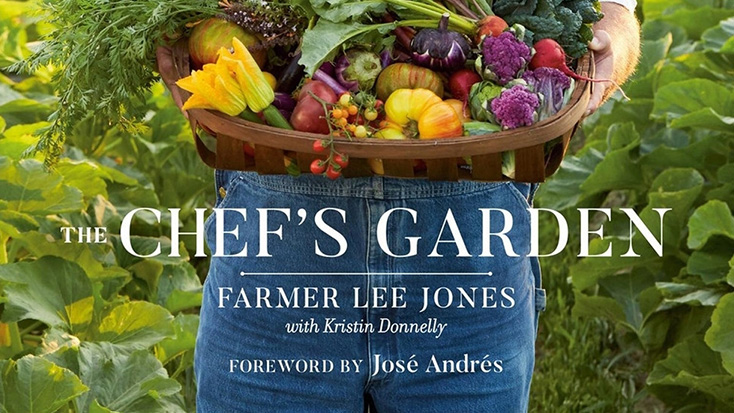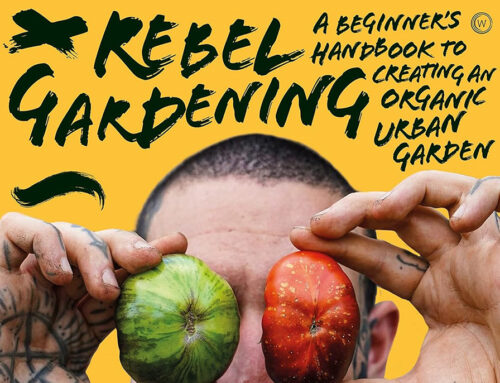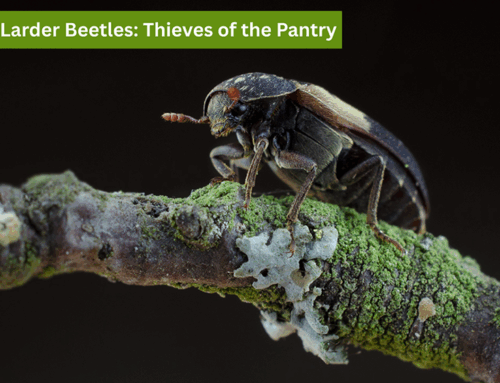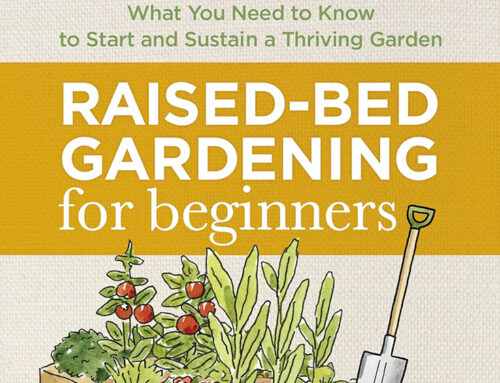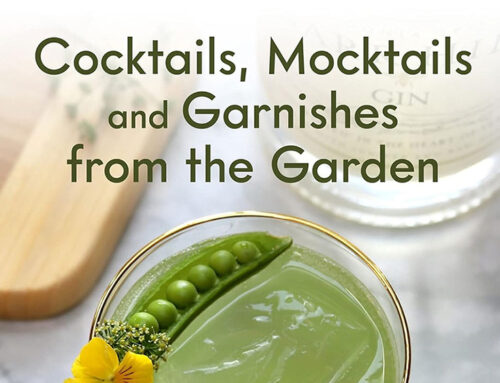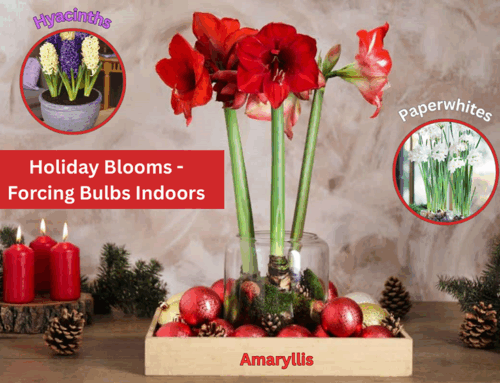Book Review: The Chef’s Garden
Reviewed by Brett Kerley
 Jones, Lee with Kristin Donnelly. The Chef’s Garden: A Modern Guide to Common and Unusual Vegetables – With Recipes. Avery (Penguin Random House), 2021. ISBN-13: 978-0-525-54106-6. Pages: 640
Jones, Lee with Kristin Donnelly. The Chef’s Garden: A Modern Guide to Common and Unusual Vegetables – With Recipes. Avery (Penguin Random House), 2021. ISBN-13: 978-0-525-54106-6. Pages: 640
The Chef’s Garden is a genre-crossing book that blends a vegetable encyclopedia, a cookbook, and a farming manifesto into one lush and information-rich volume. It distills decades of farming experience at Farmer Lee Jones’ family’s regenerative farm in Ohio, where flavor, soil health, and biodiversity are core values.
Each vegetable profile includes:
- Background and history
- Tasting notes
- Growing tips and harvesting suggestions
- Storage advice
- Chef-led cooking techniques and recipes
Vegetables range from familiar (carrots, peas) to unexpected (spilanthes, claytonia, oca). The recipes are seasonal, chef-tested, and designed to highlight each vegetable’s best qualities.
Regenerative Agriculture Focus
Farmer Lee’s commitment to regenerative farming is the heartbeat of this book. His family lost their farm during the agricultural recession of the 1980s. They’ve since rebuilt it with a new mission: grow soil first, vegetables second. The book explains this philosophy through stories and practices such as:
- Cover cropping
- Compost use
- Minimizing tillage
- Crop diversity
- Building long-term soil health rather than chasing short-term yields
This section may particularly interest readers who garden in Zone 3 or similar cool climates, as many of the principles apply broadly, not just to Ohio.
Recipe Highlights
The book contains over 100 recipes developed by chefs at The Culinary Vegetable Institute. They’re designed to be approachable while letting the vegetables shine. Examples include:
- Ramp-Top Pasta – herbaceous and creamy with early spring flavour
- Beet Marshmallows – an imaginative twist on a root vegetable
- Seared Brussels Sprouts “Ribs” – a showcase of texture and caramelization
- Spigarello with Garlic Oil – a leafy brassica sauté that mimics broccoli with added depth
- Carrot Top Pesto – a zero-waste favorite that makes use of often-discarded greens
Strengths
- Deep expertise and authenticity – The book is informed by real farming knowledge and decades of culinary collaboration.
- Unusual vegetable coverage – Great resource for discovering lesser-known edibles like papalo, celtuce, and ice lettuce. Try growing them, or look for them at Asian supermarkets like T&T and H-mart.
- Educational and inspiring – Equally useful for chefs, gardeners, and food enthusiasts.
- Beautiful design – High-quality photography and elegant layout elevate the reading and cooking experience.
- Recipes that highlight natural flavor – Focused more on enhancing than transforming, ideal for seasonal cooking.
Weaknesses
- Length and format can be overwhelming – At 640 pages and hardcover, it’s more suited to a kitchen library than daily use on a counter.
- Not a gardening manual – While growing tips are included, they are anecdotal and not structured like a how-to-grow guide with zone-specific charts or timelines.
- Some ingredients are hard to source – Unless you grow them yourself or have access to a high-end farmers market, some vegetables may be difficult to find here in Edmonton.
- Limited substitution guidance – The book assumes you’ll be working with the named vegetables; there is little advice on swapping in similar produce.
About the Author
Farmer Lee Jones is a pioneer in sustainable agriculture, a champion of heirloom vegetables, and one of the most recognizable figures in modern farming. He’s always seen in his signature red bow tie, denim overalls, and work boots. He is the founder of The Chef’s Garden, a family-run farm located in Huron, Ohio, renowned for supplying regeneratively grown, specialty vegetables to some of the most acclaimed chefs and restaurants around the world.
Final Thoughts
The Chef’s Garden is a vibrant, encyclopedic celebration of vegetables and the regenerative systems that grow them. It’s a book to return to season after season—whether you’re looking to deepen your soil health practices, or experiment with a new ingredient in the kitchen.
It’s not a lightweight cookbook, but it offers real substance for gardeners, chefs, and anyone fascinated by the full story of how food grows, tastes, and connects us to the land. If you love gardening and cooking like me, then this book is for you.
Here’s to cooking with intention, growing with care, and letting the vegetables speak for themselves.
This book can be borrowed from Edmonton Public Library or purchased from local bookstores.

